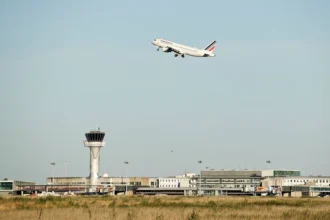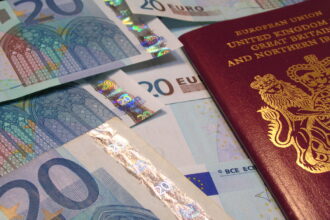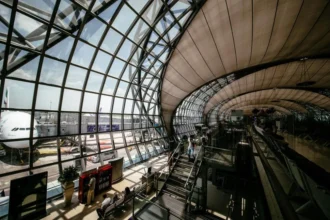If you’re flying out of a UK airports soon, pay attention. The rules you’ve followed for years, like squeezing your shampoo into 100ml bottles and fumbling with your laptop at security are being overhauled.
Slowly but surely, airports across the UK are shifting to modern systems that promise faster security checks, less hassle, and biometric-based boarding that could make printed boarding passes a thing of the past.
Let’s break it down: what’s changing, where it’s happening, and what it means for you.
Liquid Restrictions Are Easing, But Not Everywhere
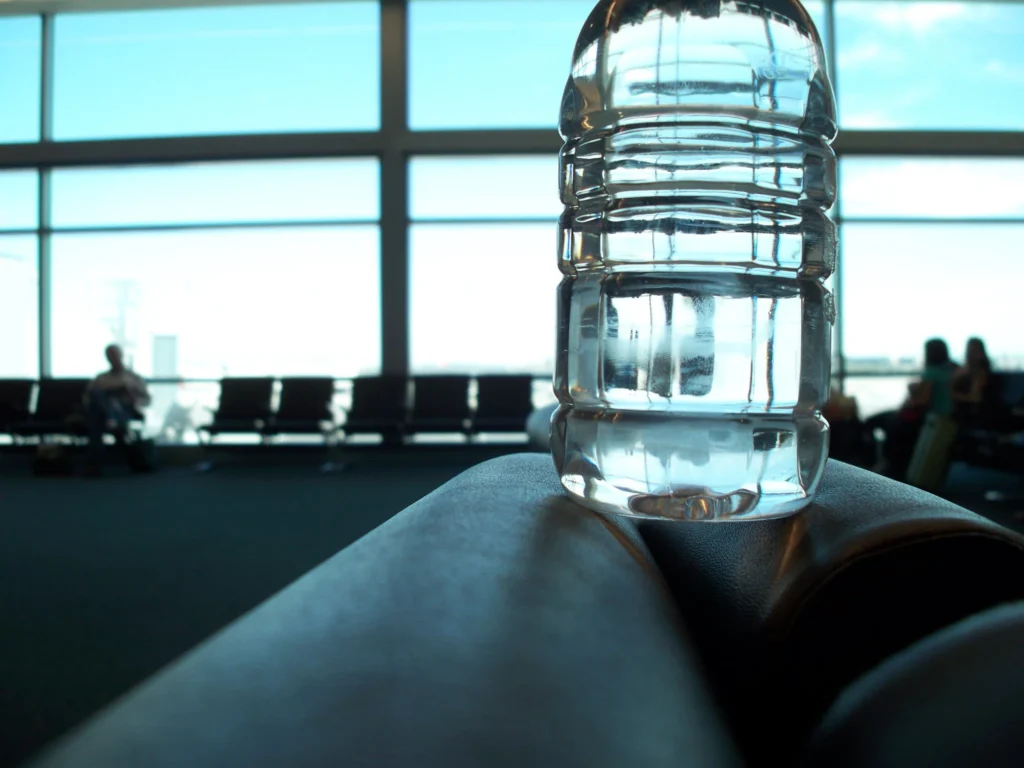
Remember that 100ml liquid rule that’s been haunting travelers since 2006? It’s finally being phased out, at least in some places.
Airports like London City, Birmingham, Newcastle, and Aberdeen have rolled out new high-tech CT scanners that allow passengers to keep liquids and electronics in their hand luggage. These scanners create 3D images, giving security staff a better view of your bags and eliminating the need to unpack them.
Here’s the kicker: with these scanners in place, you can carry up to two litres of liquid in your hand luggage, and you won’t have to wrestle with clear plastic bags anymore. It’s a huge shift for frequent flyers and families who’ve long struggled with outdated rules.
But don’t get too comfortable just yet.
At major airports like Heathrow, Gatwick, Manchester, and Stansted, the 100ml rule is still in full effect. These busy hubs were given a government deadline to install the scanners by June 2024, but many missed it. As a result, some airports have reversed the relaxed rules, asking passengers once again to limit liquids and remove electronics.
This inconsistency is confusing. One airport lets you breeze through with full-sized toiletries, while another still makes you unpack everything. So before you travel, check the specific airport website for the most up-to-date rules.
Why the Delay?
It’s not just about buying fancy scanners. Implementing these systems means redesigning security lanes, training staff, and managing a high volume of summer traffic without major disruptions. The Department for Transport granted extensions to several airports, but they’re expected to catch up by early 2025.
Until then, travelers need to prepare for mixed rules. Think of it as a transition period. If you’re flying through one of the upgraded airports, enjoy the freedom. If not, play it safe and stick to the 100ml limit unless you’ve confirmed otherwise.
Biometric Boarding Is Coming Fast
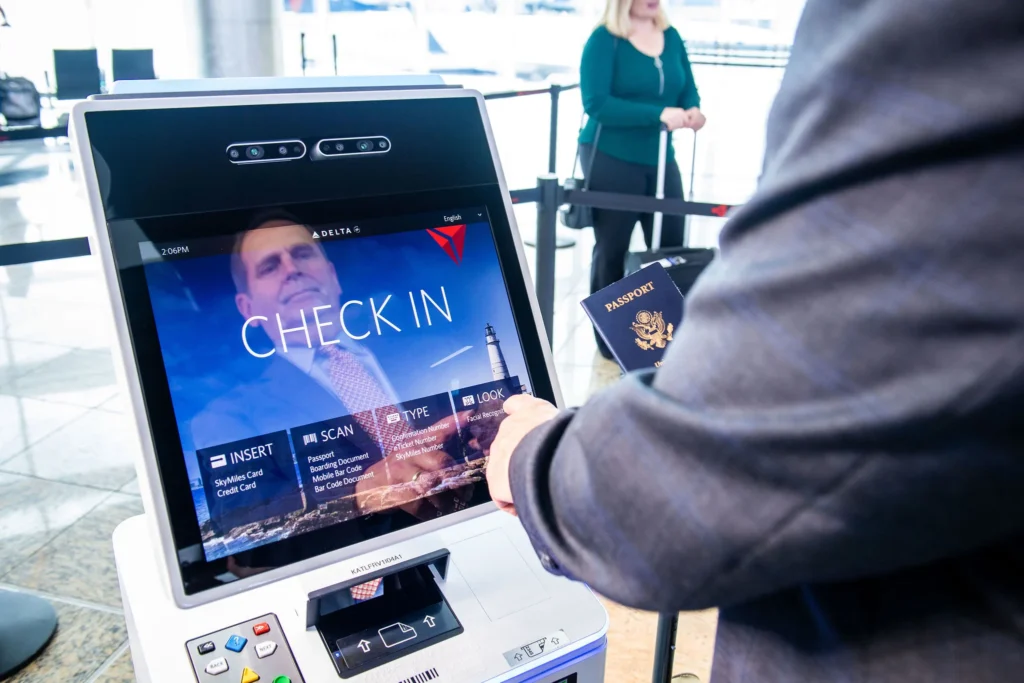
While you’re celebrating the end of mini toiletry bottles, there’s another change coming that could redefine your entire airport experience.
UK airports are preparing to roll out biometric systems that use facial recognition and digital travel credentials instead of boarding passes and passports at every step, from check-in to gate.
Imagine this: You arrive at the airport, scan your face once at a kiosk, and walk straight to your gate. No digging for passports. No scanning a barcode. Just a face scan, and you’re in.
Here’s how it’s set to work:
- Biometric kiosks will scan your face and link it to your digital travel documents.
- Bag drops will use your face to identify your flight.
- Security checkpoints will scan your face again, no need to show ID.
- Boarding gates will open automatically as soon as facial recognition confirms your identity.
Trials are already underway at airports like Heathrow and Gatwick, with full deployment expected by 2026. The technology is being pushed forward by ICAO (International Civil Aviation Organization), IATA, and private tech providers.
Entering and Leaving the UK: Say Goodbye to Stamps
The UK isn’t just modernizing departures. Starting October 2025, the European Union will introduce its Entry/Exit System (EES), a biometric border check system for non-EU nationals.
UK travelers visiting Schengen countries will need to register biometric data, including fingerprints and facial scans, on their first trip after the system goes live.
This will eventually replace passport stamps and record each entry and exit automatically. Then, in 2026, the EU’s ETIAS visa-waiver system will come into effect. That means British travelers will need to apply online for a €7 permit to visit EU countries.
Back in the UK, border systems are also shifting toward e-gates and biometric scans, especially for returning citizens. It’s all part of a wider push to reduce queues, streamline movement, and build smarter borders.
What This Really Means for Travelers

Let’s zoom out for a second. This isn’t just about liquids and face scans. What’s really happening is a complete redesign of how you move through airports.
Here’s how it affects you:
Faster Security (Eventually)
Once all airports upgrade their CT scanners, expect faster lines, fewer bag unpackings, and a smoother experience overall. But in the meantime, the inconsistency can trip you up.
One part of your journey may allow 2-litre shampoo bottles. Another might take them away. Always pack for the stricter scenario unless you know your airport has upgraded.
No More Boarding Passes
With biometric boarding, the old paper or app-based boarding pass becomes optional. Some UK airports are experimenting with making them completely obsolete. That means you’ll only need your face and phone, maybe even just your face.
Smarter Borders, Less Queuing
For international travel, especially into and out of Europe, the big trend is digital tracking. That’s a win if you hate long immigration queues. But it also means your face and fingerprints are stored in more systems, so privacy concerns are real.
More Prep, Less Stress
Ironically, the only way to reduce stress during this transition is to do a little more prep. That means:
- Checking if your airport has CT scanners.
- Packing liquids under 100ml just in case.
- Keeping digital and printed versions of your documents, until you’re sure biometrics are accepted.
The Bottom Line
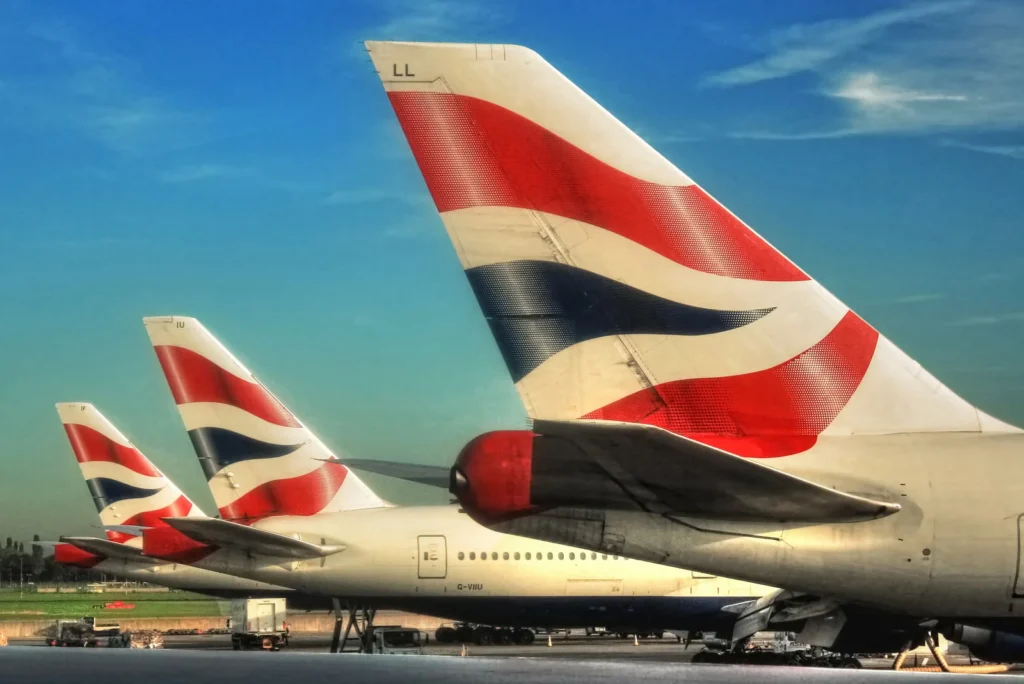
Travel through UK airports is changing, quickly in some places, slowly in others. The liquid rule is being phased out, but inconsistently. Biometric systems are arriving, but they aren’t everywhere yet. And international borders are going digital, fast.
For travelers, that means opportunity and friction in equal parts. The key is knowing what’s changing at your specific airport and planning for both the old and the new.
If you get it right, you’ll breeze through security, skip paper boarding passes, and glide through biometric gates like it’s 2030. If not, you’ll still be wrestling with plastic bags and barcodes, at least until the upgrades catch up.



